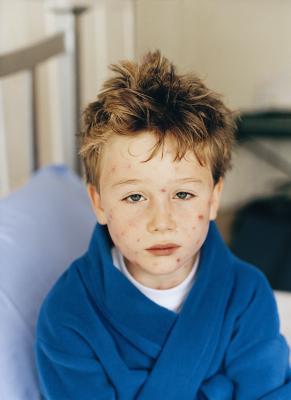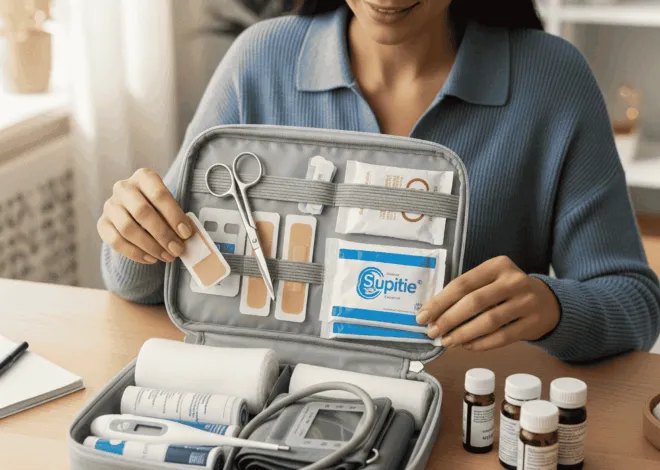Children can contract shingles, a red, blistery rash that appears along nerve pathways, if they have already had the chickenpox. Following a bout with chickenpox, the disease will lie dormant in the body. In some cases it reappears years later as a case of shingles. Shingles in a child is generally less painful than shingles in an adult. Knowing what to look for and when to call the doctor will help your child be more comfortable if he gets a case of shingles.
Time Frames
Twenty percent of those who had chickenpox will later develop shingles, according to the University of Maryland Medical Center. Shingles is not actually a new disease: It is an encore of chickenpox after it lies dormant in the body for a period of time, sometimes decades, or is exacerbated by stress or physical trauma.
Features
Shingles in children don’t start out the same way they do in adults. Whereas adults with shingles become quite ill with fever, chills and severe pain as blisters pop out along nerve endings, children rarely feel sick or experience pain.
Instead, they develop the same rash without pain. The rash of blisters typically runs up one side of the trunk or around the stomach and back like a belt. In other cases the rash’s path may travel up the back or on the chest, but always in an upward movement along nerve pathways.
Duration
Shingles in children last approximately three to five weeks. The blisters will continue emerging for the first week to 10 days. Each blister will become larger in diameter and develop a scab on top. The blisters will dry and fall off the body without leaving a scar.
Warning
In most cases shingles is not dangerous; however, if it gets near or into the eyes, it can cause permanent vision problems. If your child’s shingles are on the face and begin moving toward the eyes, treatment by an ophthalmologist will protect your child’s vision.
Transference
While chickenpox can be transferred through air droplets, shingles cannot. If a person who has not had chickenpox comes into contact with an open shingles sore, he will be at risk of contracting chickenpox, not shingles, though shingles may appear at a later time in life as a sequela of chickenpox.
Solution/Prevention
Shingles is not treatable. The symptoms are treated for the duration of illness. The Food and Drug Administration approved a vaccine for chickenpox in 1995. Since 2005 it has been combined with other immunizations and given as part of the mumps, measles, rubella and varicella, or MMRV vaccination, to be used on children 12 months to 12 years old.
Cases of varicella dropped 53 to 88 percent during the first nine years after the vaccine became available, according to the Center for Disease Control.. Two targeted sites specifically watching for results reported a 90 percent decline in the disease during the same time period.





